UN SDG Content Index
| SDG | RELEVANT INDICATORS | SUPPORTING METRICS | MATERIAL TOPIC ALIGNMENT |
|---|---|---|---|
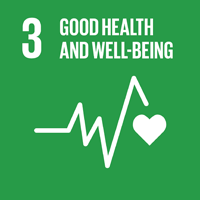 | 3.7: By 2030, ensure universal access to sexual and reproductive health-care services, including for family planning, information and education, and the integration of reproductive health into national strategies and programmes | Providing maternity or paternity leave |
|
| 3.9: By 2030, substantially reduce the number of deaths and illnesses from hazardous chemicals and air, water and soil pollution and contamination | Performance Dashboard: GRI 305-1, 305-2, 305-3 |
|
| SDG | RELEVANT INDICATORS | SUPPORTING METRICS | MATERIAL TOPIC ALIGNMENT |
|---|---|---|---|
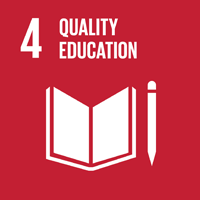 | 4.1 By 2030, ensure that all girls and boys complete free, equitable and quality primary and secondary education leading to relevant and effective learning outcomes | Enforcing zero-tolerance child labor policies within own operations, and influencing child labor policies within the supply chain |
|
| 4.3 By 2030, ensure equal access for all women and men to affordable and quality technical, vocational and tertiary education, including university | Performance Dashboard: GRI 404-1 |
| |
| 4.7 By 2030, ensure that all learners acquire the knowledge and skills needed to promote sustainable development, including, among others, through education for sustainable development and sustainable lifestyles, human rights, gender equality, promotion of a culture of peace and non-violence, global citizenship and appreciation of cultural diversity and of culture’s contribution to sustainable development | Including information on human rights, gender equality and sustainable development in internal policies, such as employee and supplier codes of conduct, and increasing awareness and practice by ensuring that these policies are thoroughly shared and understood by all employees including those in the supply chain |
|
| SDG | RELEVANT INDICATORS | SUPPORTING METRICS | MATERIAL TOPIC ALIGNMENT |
|---|---|---|---|
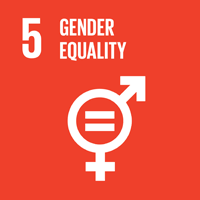 | 5.1 End all forms of discrimination against all women and girls everywhere | Including non-discrimination clauses in supplier code of conduct policies and supporting suppliers in advancing gender equality and women’s empowerment. |
|
| 5.5 Ensure women’s full and effective participation and equal opportunities for leadership at all levels of decision-making in political, economic and public life | Performance Dashboard: GRI 406-1 |
|
| SDG | RELEVANT INDICATORS | SUPPORTING METRICS | MATERIAL TOPIC ALIGNMENT |
|---|---|---|---|
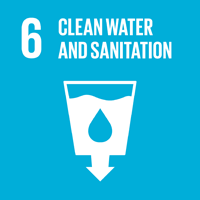 |
6.3 By 2030, improve water quality by reducing pollution, eliminating dumping and minimizing release of hazardous chemicals and materials, halving the proportion of untreated wastewater and substantially increasing recycling and safe reuse globally | Performance Dashboard: GRI 303-3, 306-1 |
|
| 6.6 By 2020, protect and restore water-related ecosystems, including mountains, forests, wetlands, rivers, aquifers and lakes | Performance Dashboard: GRI 304-3 |
|
| SDG | RELEVANT INDICATORS | SUPPORTING METRICS | MATERIAL TOPIC ALIGNMENT |
|---|---|---|---|
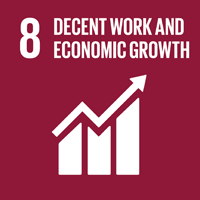 | 8.2: Achieve higher levels of economic productivity through diversification, technological upgrading and innovation, including through a focus on high-value added and labour-intensive sectors | Improving the efficiency of use of energy, water, (raw) materials and other resources. |
|
| 8.4: Improve progressively, through 2030, global resource efficiency in consumption and production and endeavour to decouple economic growth from environmental degradation | Performance Dashboard: GRI 302-1 |
| |
| 8.7: Take immediate and effective measures to eradicate forced labour, end modern slavery and human trafficking and secure the prohibition and elimination of the worst forms of child labour, including recruitment and use of child soldiers, and by 2025 end child labour in all its forms | Performance Dashboard: GRI 408-1 |
| |
| 8.8: Protect labour rights and promote safe and secure working environments for all workers, including migrant workers, in particular women migrants, and those in precarious employment | Performance Dashboard: GRI 403-2 |
|
| SDG | RELEVANT INDICATORS | SUPPORTING METRICS | MATERIAL TOPIC ALIGNMENT |
|---|---|---|---|
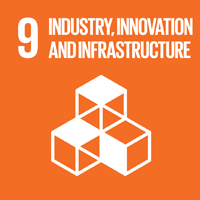 | 9.2: Promote inclusive and sustainable industrialization and, by 2030, significantly raise industry’s share of employment and gross domestic product, in line with national circumstances, and double its share in least developed countries | Embedding policies which promote diversity and inclusion throughout own operations, and encouraging suppliers and other business partners to do the same. |
|
| 9.4: By 2030, upgrade infrastructure and retrofit industries to make them sustainable, with increased resource-use efficiency and greater adoption of clean and environmentally sound technologies and industrial processes, with all countries taking action in accordance with their respective capabilities | Performance Dashboard: GRI 305-4 |
|
| SDG | RELEVANT INDICATORS | SUPPORTING METRICS | MATERIAL TOPIC ALIGNMENT |
|---|---|---|---|
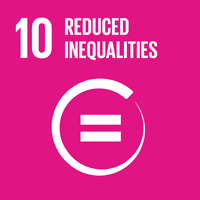 | 10.2 By 2030, empower and promote the social, economic and political inclusion of all, irrespective of age, sex, disability, race, ethnicity, origin, religion or economic or other status | Embedding policies which promote diversity and inclusion throughout own operations, and encouraging suppliers and other business partners to do the same. |
|
| 10.3 Ensure equal opportunity and reduce inequalities of outcome, including by eliminating discriminatory laws, policies and practices and promoting appropriate legislation, policies and action in this regard | Ensuring non-discrimination across business operations including remuneration and benefits, product impact (for example the impact of product design on harmful gender stereotypes), and the inclusion of the supply chain |
| |
| 10.4 Adopt policies, especially fiscal, wage and social protection policies, and progressively achieve greater equality | Paying at a minimum the living wage and providing insurance for employees, such as income protection, life or accident insurance and social security |
|
| SDG | RELEVANT INDICATORS | SUPPORTING METRICS | MATERIAL TOPIC ALIGNMENT |
|---|---|---|---|
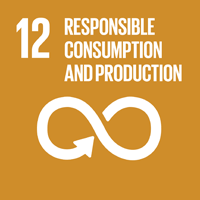 | 12.2: By 2030, achieve the sustainable management and efficient use of natural resources | Performance Dashboard: 302-1, 302-4 |
|
| 12.4: By 2020, achieve the environmentally sound management of chemicals and all wastes throughout their life cycle, in accordance with agreed international frameworks, and significantly reduce their release to air, water and soil in order to minimize their adverse impacts on human health and the environment | Performance Dashboard: GRI 306-2 |
| |
| 12.5: By 2030, substantially reduce waste generation through prevention, reduction, recycling and reuse | Performance Dashboard: GRI 306-2 |
| |
| 12.6: Encourage companies, especially large and transnational companies, to adopt sustainable practices and to integrate sustainability information into their reporting cycle |
|
| SDG | RELEVANT INDICATORS | SUPPORTING METRICS | MATERIAL TOPIC ALIGNMENT |
|---|---|---|---|
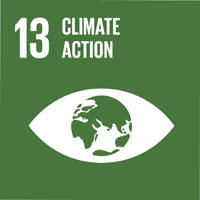 | 13.1: Strengthen resilience and adaptive capacity to climate-related hazards and natural disasters in all countries | GRI Content Index; GRI 201-2 |
|
SUSTAINABILITY HIGHLIGHTS
93.2
CSI Score
Our highest scores ever, demonstrating our commitment to serving our customers better.
94.3%
Average Together for Sustainability Score
Our audited facilities are contributing to developing industry-wide sustainability standards for suppliers to chemical manufacturers.


